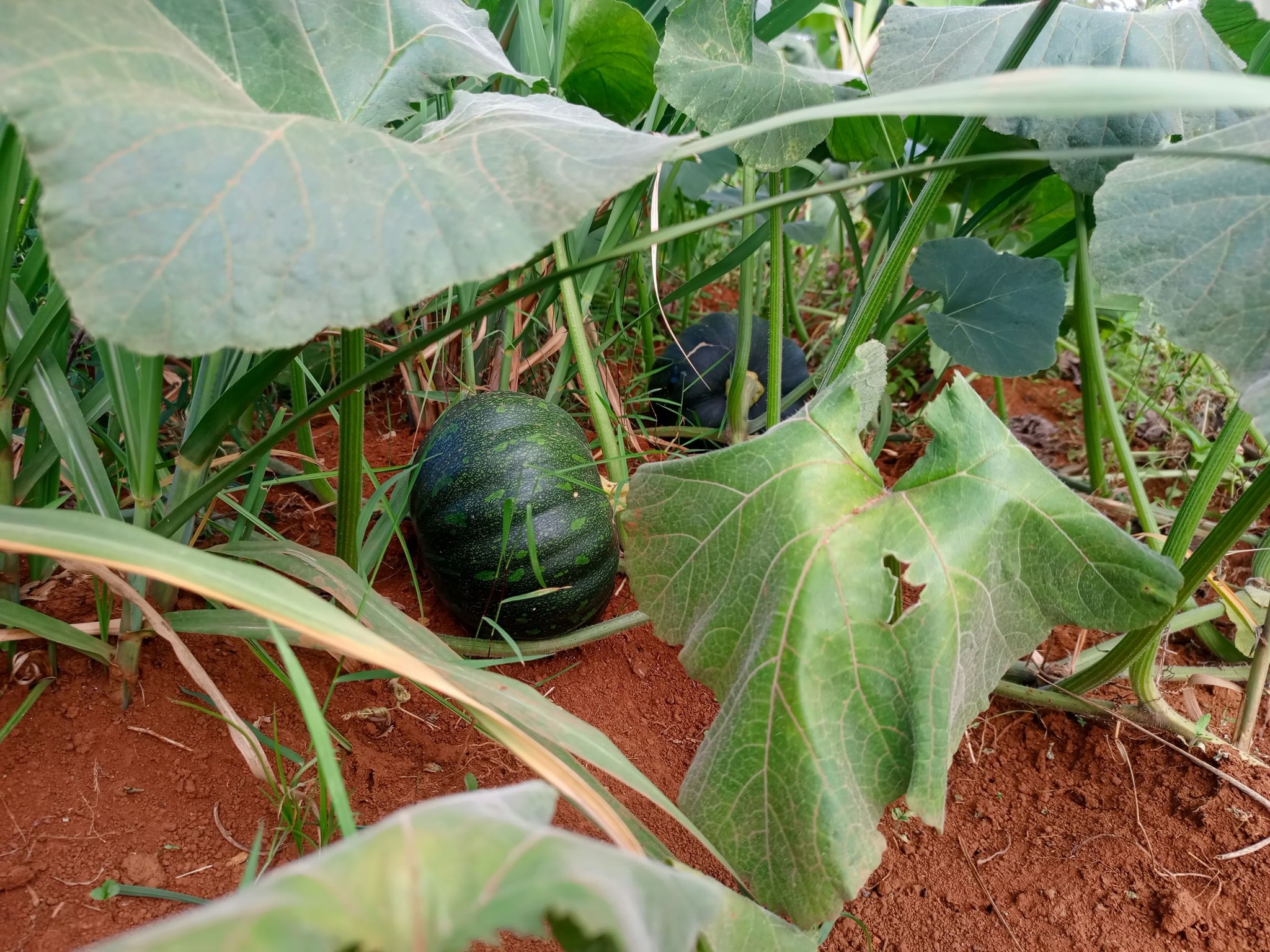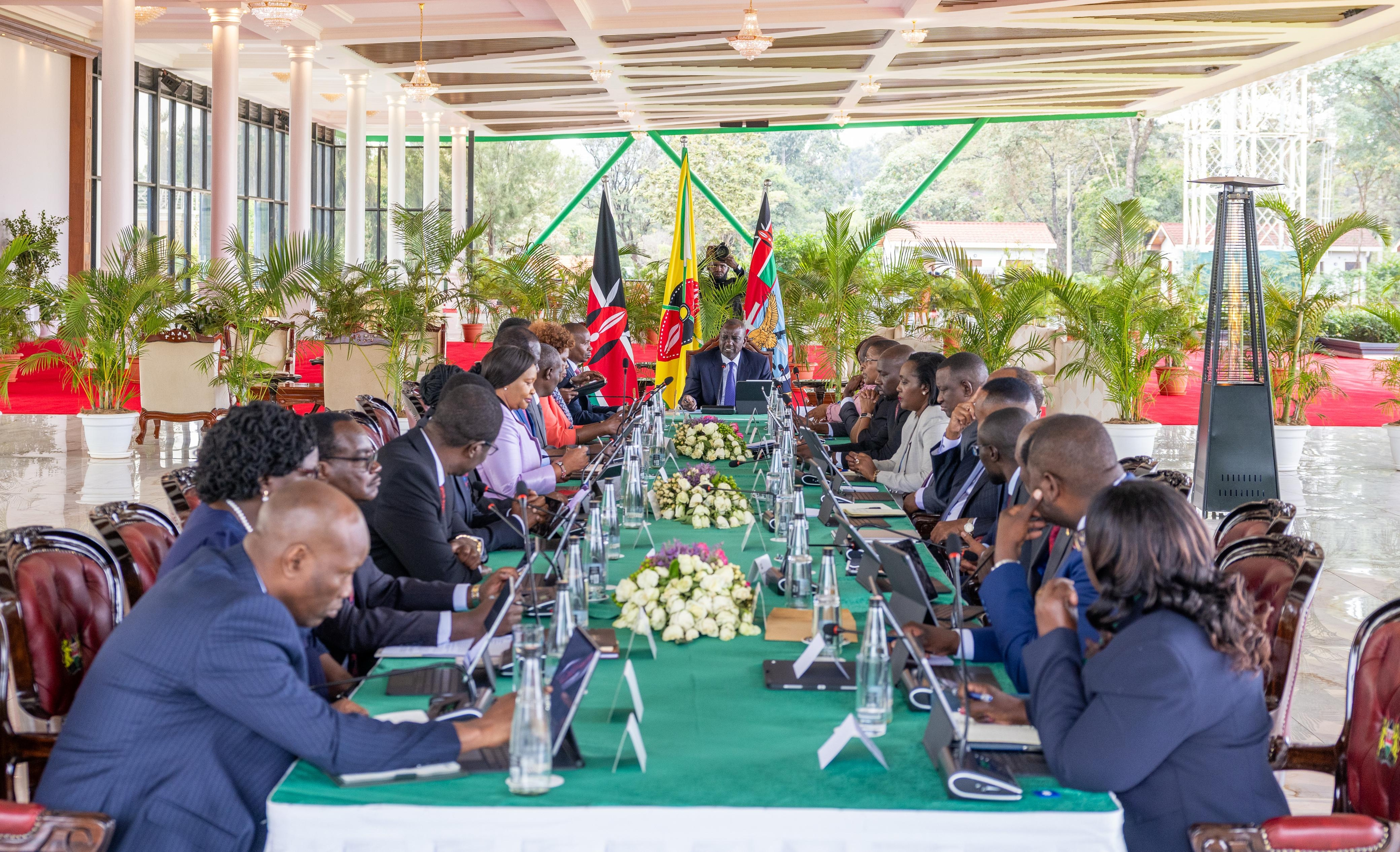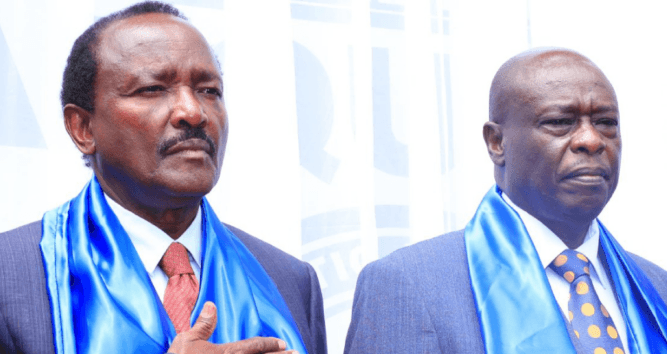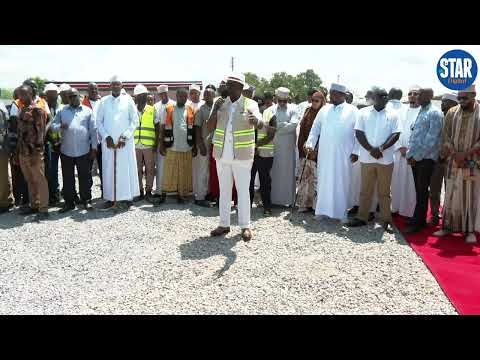
 A pumpkin plant./HANDOUT
A pumpkin plant./HANDOUTAgriculture in Kenya is often in the spotlight — and rightfully so.
It employs more than 70 per cent of rural households, anchors the economy, and holds the promise of food security and poverty alleviation.
Yet behind the polished headlines, polished farm visits, and ribbon-cutting ceremonies lies a critical flaw in how we invest in this sector: cosmetic investment.
Cosmetic investment refers to highly visible but shallow interventions in agriculture — investments that look impressive but fail to deliver lasting change.
Like greenhouses built for the optics — only to gather dust after the cameras leave. Or flashy tractors handed over to communities without training, fuel support, or ownership plans.
Or branded seed donations delivered once, with no follow-up or local adaptation. And most recently, the scandal of ‘tainted’ fertilisers. In short, it is agriculture dressed for a camera, not the climate.
While these projects generate short-term visibility for sponsors—mostly some public officials—they often bypass the structural and context-specific needs of the farmers they claim to serve. And this approach is quietly but steadily undermining the path to sustainable agriculture and food security in Kenya.
To the outside observer, cosmetic investment appears to be progress. There are photos, figures, and quick wins. But ask the smallholder farmer — the true engine of Kenya’s food system — in some remote village in the County of Homa Bay, and a different story emerges.
According to the November 2024 Agriculture Sector Survey by the Central Bank of Kenya, over 85 per cent of farmers sampled decried the high costs of inputs especially with regard to fertilizer, seeds, and pesticides — limiting their ability to improve farm yields.
Many farmers still lack access to reliable extension services, tailored climate-smart training, and inclusive financing options.
They are handed one-off inputs without support on how to optimize them. Infrastructure projects are launched without meaningful community consultations.
Policies are designed top-down or with superficial citizen involvement, failing to consider the lived realities of those on the ground. In the end, this illusion of progress masks failure and delays genuine reform.
This gap between appearance and impact begs a deeper question: what does meaningful agricultural investment truly look like?
Sustainable agricultural transformation is not glamorous — but it is powerful. It involves long-term investment in farmer capacity through training, mentorship, and peer learning.
It requires support for locally led models like farmer cooperatives, producer groups, and SACCOs that build resilience.
It includes the strengthening of
diversified value chains, investment in agroecology and regenerative practices,
and ensuring market access that is fair and transparent. This kind of investment
may not make for splashy headlines — but it builds communities that feed
themselves and the nation.
At Mifugo Centre, we’ve seen this firsthand. Our “One Farmer, One Month” model was started with five farmers pooling funds to support one member at a time to acquire livestock.
That initiative has grown into a grassroots institution built on trust, ownership, and community contribution. There were no ribbon cuttings. But there is impact.
When we continue pouring resources into short-term projects that lack depth, the cost is not just wasted money.
It's missed opportunities to build resilient food systems, disillusioned farmers who lose trust in development partners and government subsidies, a generation of youth opting out of agriculture because they don’t see viability, and continued vulnerability to climate change, pests, and global shocks.
If we are serious about Kenya’s food future, we must hold ourselves accountable not just for how much we invest, but how well we invest.
Both State and non-state actors, development partners included, must shift their lens from performance to partnership.
Farmers must be seen not as passive recipients, but as innovators, entrepreneurs, and custodians of our ecological future.
We must ask more critical questions: Will this investment still matter in five years? Who owns it? Who maintains it? Does it create dependency or build self-reliance? Is it guided by the voices of farmers or the demands of sponsors?
The best agricultural investment is not loud but lasting — grounded in patience, context, and the lived realities of farmers. It must motivate farmers to pursue self-reliance and be rooted in integrity, fairness, unity, growth and opportunity — the values that define Mifugo Centre.
That way we grow not just the crops but capacity, dignity, and resilience. If we truly want to feed the nation and thrive in the face of climate change, we must return to the soil — not for show, but for sustenance.
We must trade spectacle for substance; let us put away the ribbon and pick up the hoe — and finally invest in a food system that grows more than crops: it grows futures.
The writer is a journalist/agricultural practitioner.













![[PHOTOS] Ruto present as NIS boss Noordin Haji's son weds](/_next/image?url=https%3A%2F%2Fcdn.radioafrica.digital%2Fimage%2F2025%2F11%2Ff8833a6a-7b6b-4e15-b378-8624f16917f0.jpg&w=3840&q=100)




